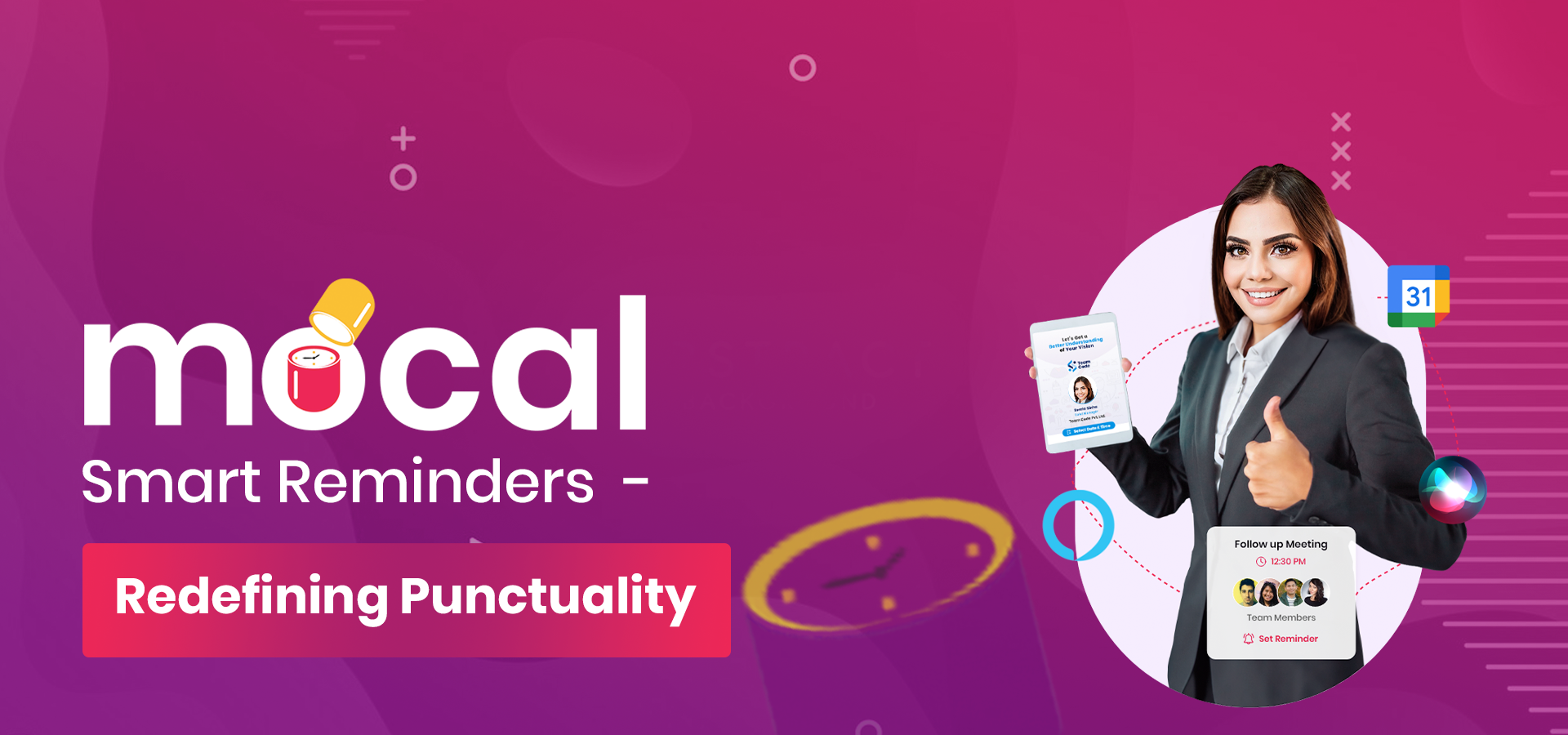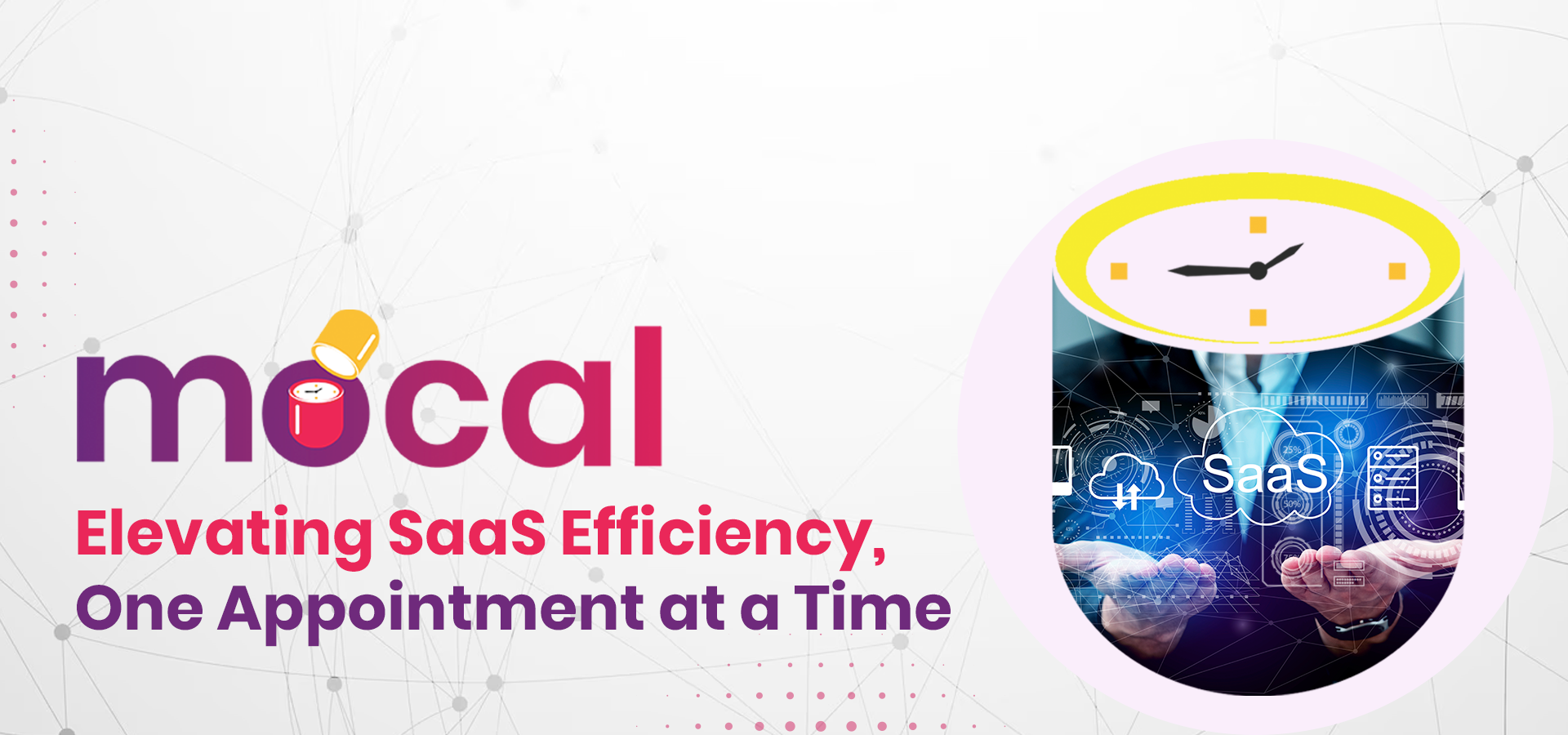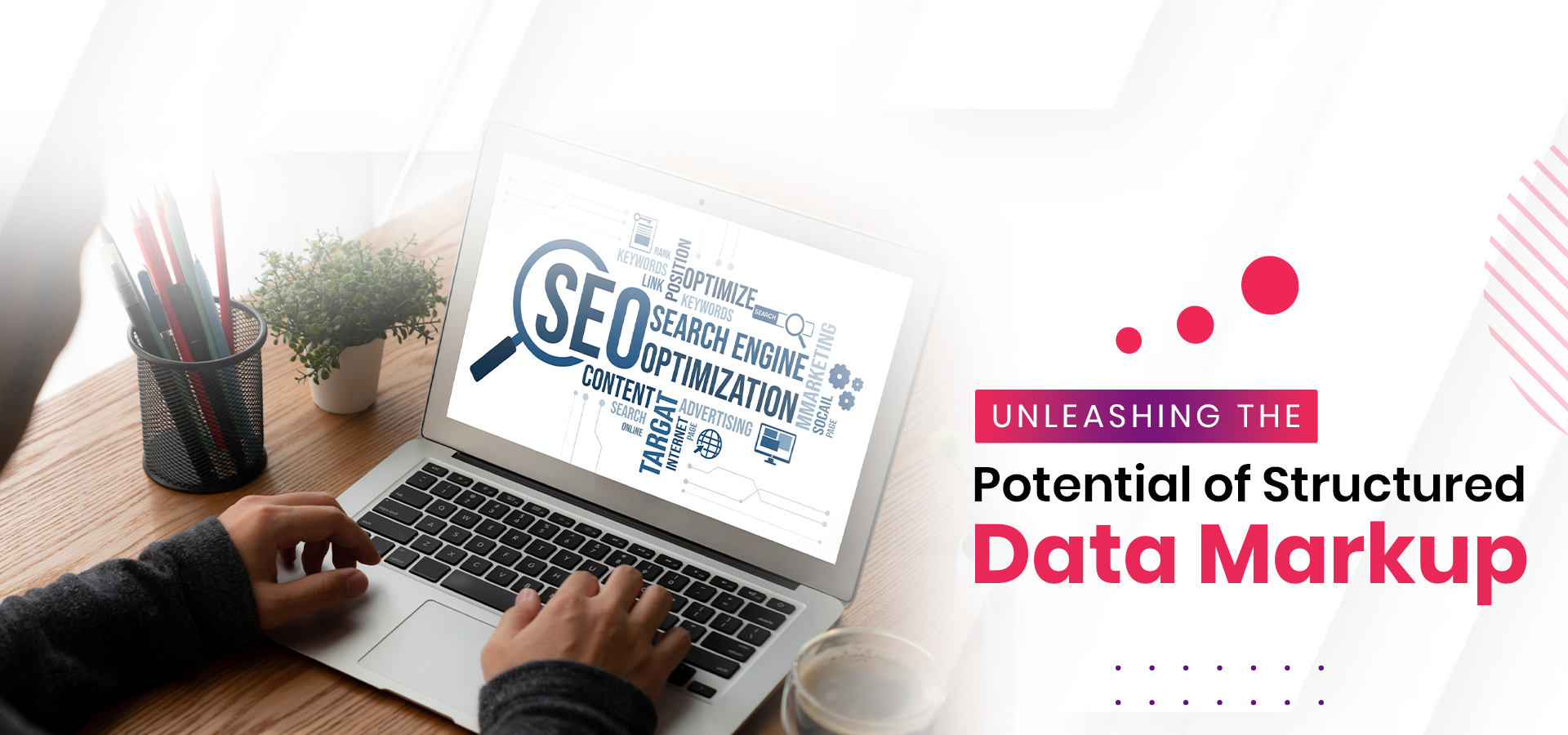Hope you enjoy reading this blog post.
If you want the Moris Media Team to help you get more traffic, just book a call.
Saturday, 12 July 2025
Since the early 2000s, the sheer volume of data has increased, allowing media businesses to tap into data from digital platforms to acquire important insights into audience behavior and gain a competitive edge.
Then came the big tech era, dominated by companies like Google and Facebook. Alongside this boom came advancements in data gathering, trading, and analysis, which aided hastened the adoption of new technologies, modified business strategy, and changed how organizations thought about consumer involvement.
Being a Global Social Media Management Agency, Moris Media, realises that th big data analytics is evolving as a result of new data privacy legislation such as the Global Data Protection Regulation (GDPR) and the California Consumer Privacy Act (CCPA). However, data continues to be the primary engine of how media and entertainment firms create value through audience engagement.
Big Data refers to extraordinarily massive and complicated data collections that cannot be handled, managed, or analyzed successfully using typical data processing methods. It includes massive volumes of data created from a variety of sources, including but not limited to social media, sensors, devices, transactions, and online behaviors.
The term "Big Data" is defined by three key characteristics, generally referred to as the three Vs:
Volume: Massive amounts of data are generated by Big Data, far exceeding the capabilities of typical data processing systems. The digitalization of information and the increased interconnectedness of devices and systems have aided the exponential growth of data generation.
Velocity: Big Data is produced at fast speeds and in real-time or near real-time. This data arrives swiftly and continually from multiple sources, including as social media feeds, internet transactions, stock market movements, sensor networks, and machine-generated logs. The issue lies in processing and interpreting this data as it streams in, to extract useful insights and make fast decisions.
Variety: Big Data encompasses numerous sorts of data, including structured, semi-structured, and unstructured data. Structured data refers to well-organized information that fits into typical databases, such as spreadsheets and relational databases. Semi-structured data contains certain organizational components but does not always adhere to a precise format. Big Data is also heterogeneous in nature because it contains data from various sources and formats.
Organizations rely on specialized tools, technologies, and strategies to address the difficulties provided by Big Data. Here are some essential components of Big Data:
Storage Devices: Traditional databases are frequently incapable of handling the volume and variety of Big Data. As a result, businesses use distributed file systems such as Hadoop Distributed File System (HDFS), which distribute data over numerous workstations for efficient storage and retrieval.
Frameworks for processing: Frameworks such as Apache Hadoop and Apache Spark enable distributed Big Data processing by distributing workloads across computer clusters. These frameworks provide parallel processing and scalability for large-scale data analysis.
Data Integration: Big Data frequently comes from diverse sources and must be consolidated before analysis. Data integration is the process of merging data from many systems, formats, and databases into a cohesive picture. Data cleansing, transformation, and aggregation may be involved in this process.
Data Analytics: Big Data analytics is concerned with extracting useful insights and patterns from massive amounts of data. Data mining, machine learning, and statistical analysis are only some of the methods used to uncover patterns, associations, and predictive models.
Data visualization: These tools are used to portray complex information in a more accessible and intelligible way in order to make sense of Big Data insights. Visualizations aid in the identification of patterns, outliers, and trends, allowing decision-makers to immediately grasp the significance of the data.
Data Privacy and Security: Because data is so sensitive, enterprises must secure the privacy and security of Big Data. This includes putting in place strong security measures, data encryption, access limits, and adhering to data protection requirements.
Big Data could lead to better decision-making, increased operational efficiency, individualized consumer experiences, innovation, and new business opportunities. However, Big Data administration and analysis provide obstacles in terms of data quality, privacy concerns, ethical considerations, and the need for skilled personnel with competence in handling and understanding large data sets.
Big Data, through harnessing the massive quantity of data generated by users and their interactions, plays a critical role in audience insights and personalized content curation. Organizations can obtain important insights into user behavior, preferences, and interests by analyzing this data, allowing them to create customised content and experiences. Here's a more in-depth explanation with examples:
User Profiling: Using Big Data, enterprises may generate detailed user profiles by evaluating multiple data points. This includes demographic data, browser history, social media interactions, buying behavior, and other information. Organizations can understand their audience's characteristics by aggregating and analyzing different data sources. For example, an e-commerce company can construct user profiles and segment customers depending on their interests by analyzing their purchase history, product views, and search behaviors.
Behavioral Analysis: Organizations can utilize Big Data analytics to examine user behavior trends across numerous touchpoints. Understanding how consumers navigate websites, interact with content, connect with mobile apps, and respond to marketing campaigns is part of this. Organizations can uncover patterns, preferences, and trends by tracking user behaviors and interactions. An online streaming platform, for example, can evaluate watching habits, favored genres, and user ratings to offer tailored material to specific users.
Sentiment Analysis: Sentiment analysis, which involves extracting and analyzing user sentiments expressed in online reviews, social media posts, and consumer feedback, is made possible by Big Data. Organizations can get insights into their audience's emotions, views, and attitudes regarding products, services, or content by using natural language processing (NLP) tools. This data can be used to influence content curation and assist organizations better understand user preferences. A news company, for example, can use social media conversations and sentiment surrounding specific issues to curate relevant and compelling news pieces for its audience.
Real-time Personalization: Big Data enables enterprises to tailor content and experiences in real time by analyzing user data in real time. For example, an e-commerce website can use a user's browsing history, purchase history, and current session data to dynamically propose products or promotions that are relevant to their interests. Real-time customisation boosts user engagement, conversion rates, and overall user experience.
Content Recommendation: Big Data supports content recommendation systems, which propose relevant and tailored content based on user interests and behavior. These engines evaluate massive amounts of data, including user interactions, content information, and comparable user preferences, using machine learning algorithms and collaborative filtering techniques. Platforms such as Netflix, YouTube, and Spotify, for example, employ recommendation algorithms to propose movies, videos, or music based on a user's previous viewing or listening experience.
A/B Testing and Optimization: Organizations can use Big Data to conduct A/B testing and optimization of content and user experiences. Organizations can obtain data on user interactions and preferences by comparing different versions of content, layouts, or user interfaces. This iterative approach aids in the refinement and optimization of content in order to increase user engagement and meet corporate objectives.
Predictive Analytics: Big Data enables predictive analytics, which involves forecasting future user behavior and preferences using historical data and machine learning algorithms. Organizations can anticipate user wants and deliver customised information before users express them directly by examining patterns and trends. For example, an e-commerce platform can forecast product recommendations and customised offers by analyzing past purchase history, browsing behavior, and demographic data.
Big Data is revolutionizing audience insights and personalized content curation. Organizations can acquire important insights into user behavior, preferences, and sentiments by leveraging the power of enormous and diversified data sets. With this plethora of data, they can construct detailed user profiles, evaluate behavioral patterns, and undertake sentiment analysis. Organizations can personalize content and experiences by using real-time data and content recommendation engines to deliver relevant and interesting material to individual users. Furthermore, Big Data enables A/B testing, optimization, and predictive analytics, allowing businesses to make data-driven decisions and anticipate consumer needs. Organizations may improve user engagement, increase conversions, and develop long-term relationships with their audiences by properly embracing Big Data, eventually driving economic success in the era of personalized experiences.


The Power of Punctuality: How moCal's Smart Reminders Transform Time Management
Read More
Why SaaS Companies Need MoCal: Enhancing Productivity and Customer Experience
Read More
Surgery in Digital Space: How Digital Doctors Revamp Outdated Marketing Techniques
Read More
The Art of Digital Diagnosis: How Digital Doctors Analyze Marketing Challenges
Read More
Effective Use of Structured Data Markup for Local SEO
Read More